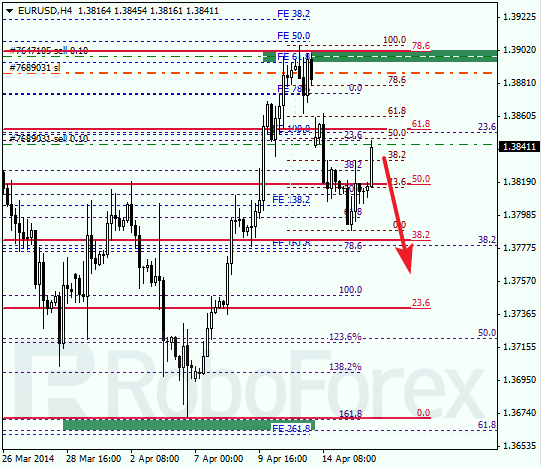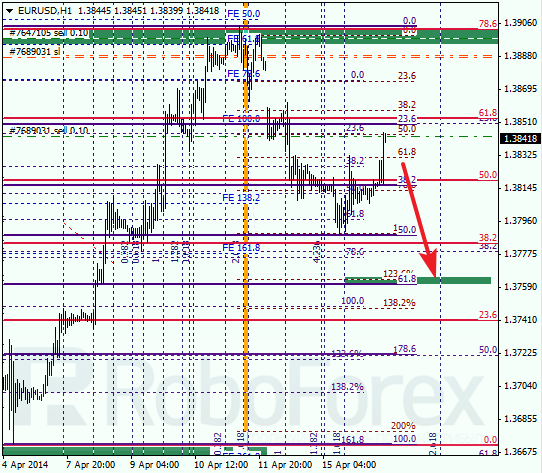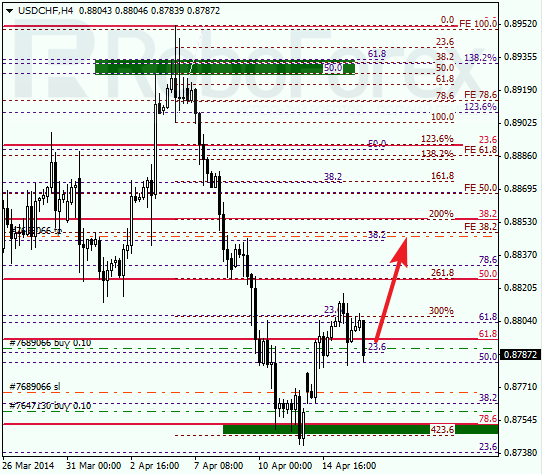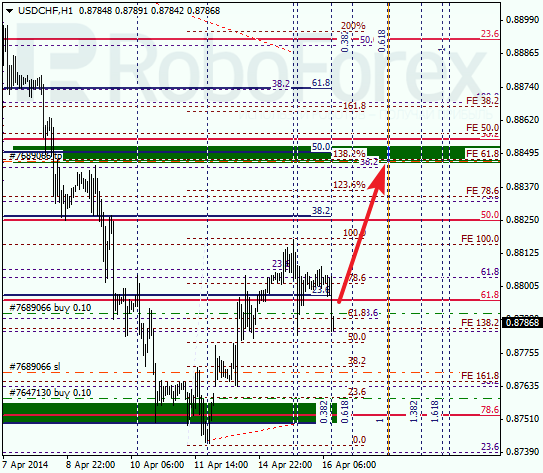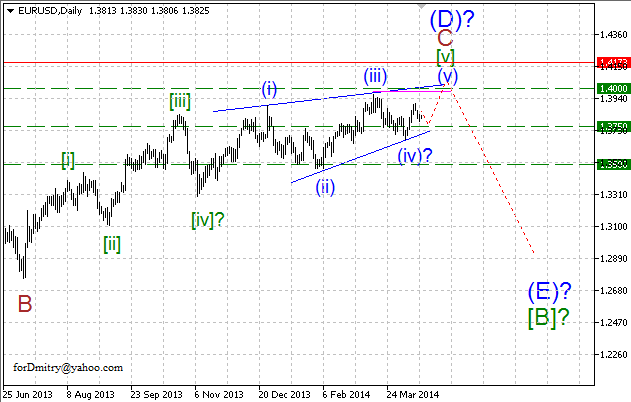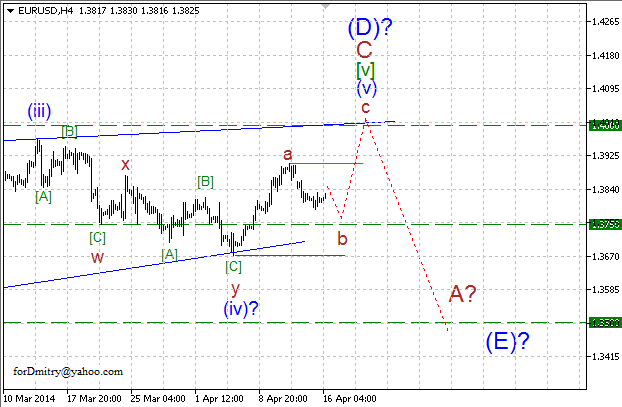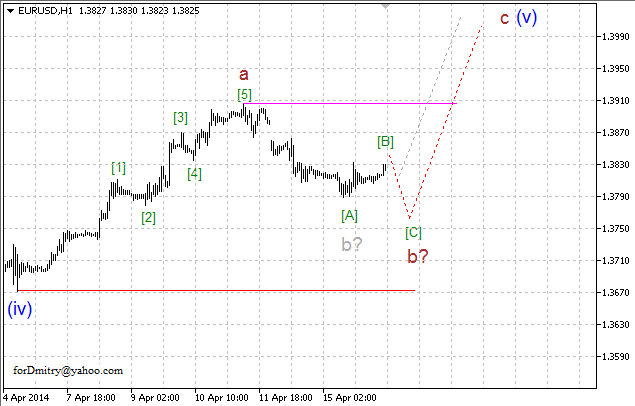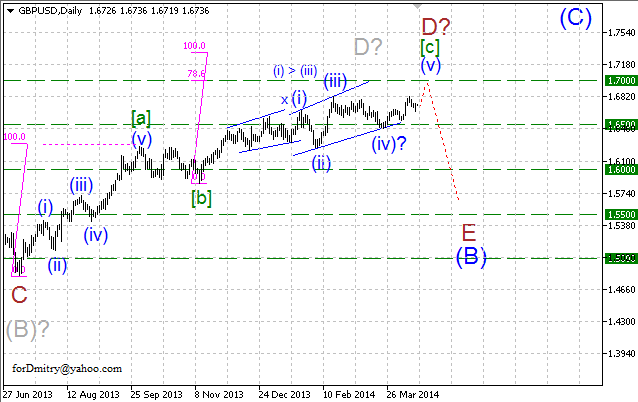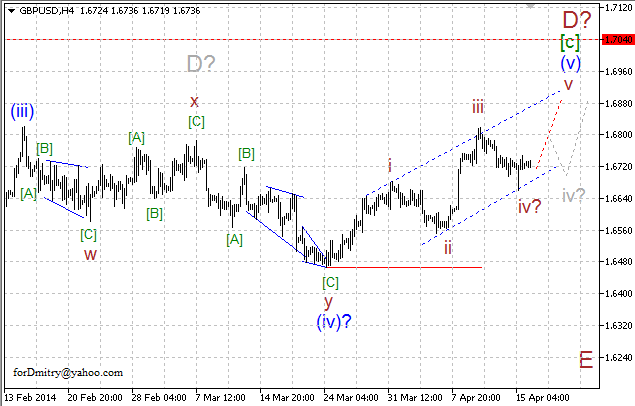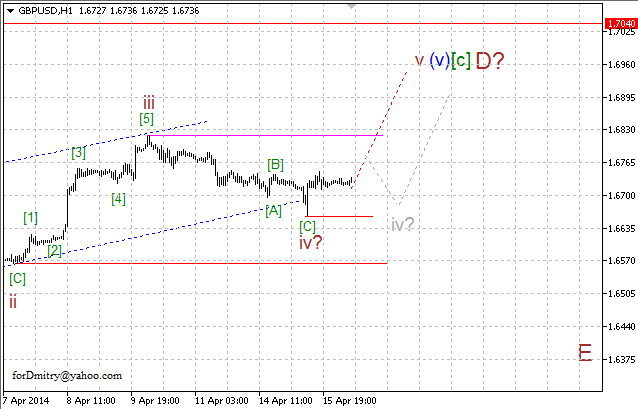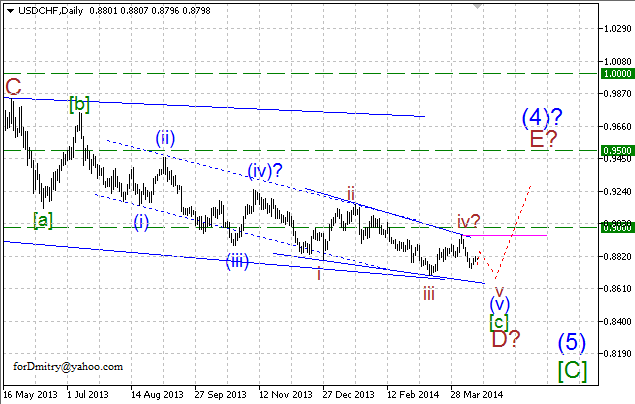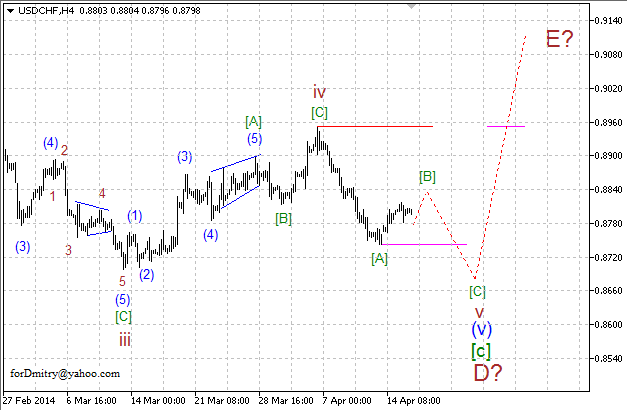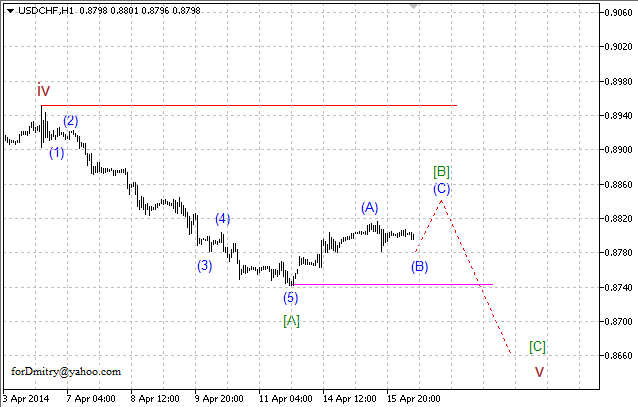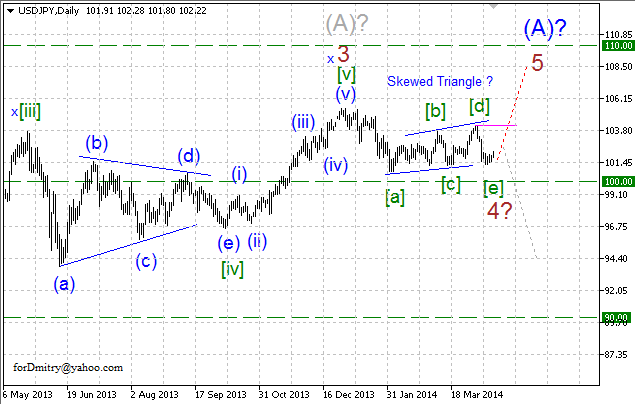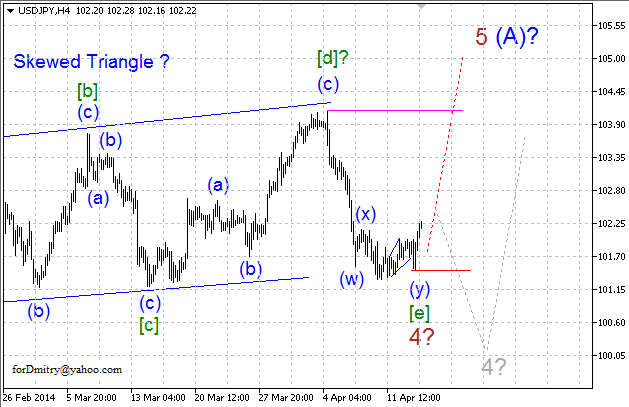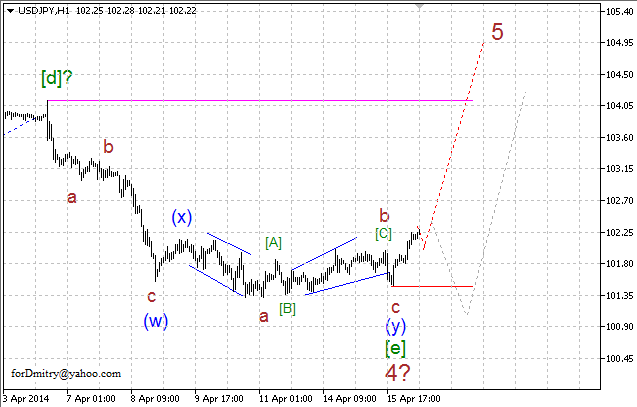![]()
“Everybody has a plan until they get punched in the face.”
– Mike Tyson
For the last 25 days I’ve been traveling in Argentina and South Africa, two countries whose economies can only be described as fragile, though for very different reasons. Emerging-market countries face a significantly different set of challenges than the developed world does. These challenges are compounded by the rather indifferent policies of developed-world central banks, which are (even if somewhat understandably) entirely self-centered. Argentina has brought its problems upon itself, but South Africa can somewhat justifiably express frustration at the developed world, which, as one emerging-market central bank leader suggests, is engaged in a covert currency war, one where the casualties are the result of unintended consequences. But the effects are nonetheless real if you’re an emerging-market country.
While I will write a little more about my experience in South Africa at the end of this letter, first I want to cover the entire emerging-market landscape to give us some context. Full and fair disclosure requires that I give a great deal of credit to my rather brilliant young associate, Worth Wray, who’s helped me pull together a great deal of this letter while I am on the road in a very busy speaking tour here in South Africa for Glacier, a local platform intermediary. They have afforded me the opportunity to meet with a significant number of financial industry participants and local businessman, at all levels of society. It has been a very serious learning experience for me. But more on that later; let’s think now about the problems facing emerging markets in general.
Every Central Bank for Itself
Every general has a plan before going into battle, which immediately begins to change upon contact with the enemy. Everyone has a plan until they get hit… and emerging markets have already taken a couple of punches since May 2013, when Fed Chairman Ben Bernanke first signaled his intent to “taper” his quantitative easing program and thereby incrementally wean the markets off of their steady drip of easy money. It was not too long after that Ben also suggested that he was not responsible for the problems of emerging-market central banks – or any other central bank, for that matter.
As my friend Ben Hunt wrote back in late January, Chairman Bernanke turned a single data point into a line during his last months in office, when he decided to taper by exactly $10 billion per month. He established the trend, and now the markets are reacting as if the Fed’s exit strategy has officially begun.
Whether the FOMC can actually turn the taper into a true exit strategy ultimately depends on how much longer households and businesses must deleverage and how sharply our old-age dependency ratio rises, but markets seem to believe this is the beginning of the end. For now, that’s what matters most.
Under Fed Chair Janet Yellen’s leadership, the Fed continues to send a clear message to the rest of the world: Now it really is every central bank for itself.
The QE-Induced Bubble Boom in Emerging Markets
By trying to shore up their rich-world economies with unconventional policies such as ultra-low rate targets, outright balance sheet expansion, and aggressive forward guidance, major central banks have distorted international real interest rate differentials and forced savers to seek out higher (and far riskier) returns for more than five years.
This initiative has fueled enormous overinvestment and capital misallocation – and not just in advanced economies like the United States.
As it turns out, the biggest QE-induced imbalances may be in emerging markets, where, even in the face of deteriorating fundamentals, accumulated capital inflows (excluding China) have nearly DOUBLED, from roughly $5 trillion in 2009 to nearly $10 trillion today. After such a dramatic rise in developed-world portfolio allocations and direct lending to emerging markets, developed-world investors now hold roughly one-third of all emerging-market stocks by market capitalization and also about one-third of all outstanding emerging-market bonds.
The Fed might as well have aimed its big bazooka right at the emerging world. That’s where a lot of the easy money ran blindly in search of more attractive real interest rates, bolstered by a broadly accepted growth story.
The conventional wisdom – a particularly powerful narrative that became commonplace in the media – suggested that emerging markets were, for the first time in a long time, less risky than developed markets, despite their having displayed much higher volatility throughout the past several decades.
As a general rule, people believed emerging markets had much lower levels of government debt, much stronger prospects for consumption-led growth, and far more favorable demographics. (They overlooked the fact that crises in the 1980s and 1990s still limited EM borrowing limits until 2009 and ignored the fact that EM consumption is a derivative of demand and investment from the developed world.)
Instead of holding traditional safe-haven bonds like US treasuries or German bunds, some strategists (who shall not be named) even suggested that emerging-market government bonds could be the new safe haven in the event of major sovereign debt crises in the developed world. And better yet, it was suggested that denominating these investments in local currencies would provide extra returns over time as EM currencies appreciated against their developed-market peers.
Sadly, the conventional wisdom about emerging markets and their currencies was dead wrong. Herd money (typically momentum-based, yield-chasing investors) usually chases growth that has already happened and almost always overstays its welcome. This is the same disappointing boom/bust dynamic that happened in Latin America in the early 1980s and Southeast Asia in the mid-1990s. And this time, it seems the spillover from extreme monetary accommodation in advanced countries has allowed public and private borrowers to leverage well past their natural carrying capacity.
Anatomy of a “Balance of Payments” Crisis
The lesson is always the same, and it is hard to avoid. Economic miracles are almost always too good to be true. Whether we’re talking about the Italian miracle of the ’50s, the Latin American miracle of the ’80s, the Asian Tiger miracles of the ’90s, or the housing boom in the developed world (the US, Ireland, Spain, et al.) in the ’00s, they all have two things in common: construction (building booms, etc.) and excessive leverage. As a quick aside, does that remind you of anything happening in China these days? Just saying…
Broad-based, debt-fueled overinvestment may appear to kick economic growth into overdrive for a while; but eventually disappointing returns and consequent selling lead to investment losses, defaults, and banking panics. And in cases where foreign capital seeking strong growth in already highly valued assets drives the investment boom, the miracle often ends with capital flight and currency collapse.
Economists call that dynamic of inflow-induced booms followed by outflow-induced currency crises a “balance of payments cycle,” and it tends to occur in three distinct phases.
In the first phase, an economic boom attracts foreign capital, which generally flows toward productive uses and reaps attractive returns from an appreciating currency and rising asset prices. In turn, those profits fuel a self-reinforcing cycle of foreign capital inflows, rising asset prices, and a strengthening currency.
In the second phase, the allure of promising recent returns morphs into a growth story and attracts ever-stronger capital inflows – even as the boom begins to fade and the strong currency starts to drag on competitiveness. Capital piles into unproductive uses and fuels overinvestment, overconsumption, or both; so that ever more inefficient economic growth increasingly depends on foreign capital inflows. Eventually, the system becomes so unstable that anything from signs of weak earnings growth to an unanticipated rate hike somewhere else in the world can trigger a shift in sentiment and precipitous capital flight.
To continue reading this article from Thoughts from the Frontline – a free weekly publication by John Mauldin, renowned financial expert, best-selling author, and Chairman of Mauldin Economics – please click here.


